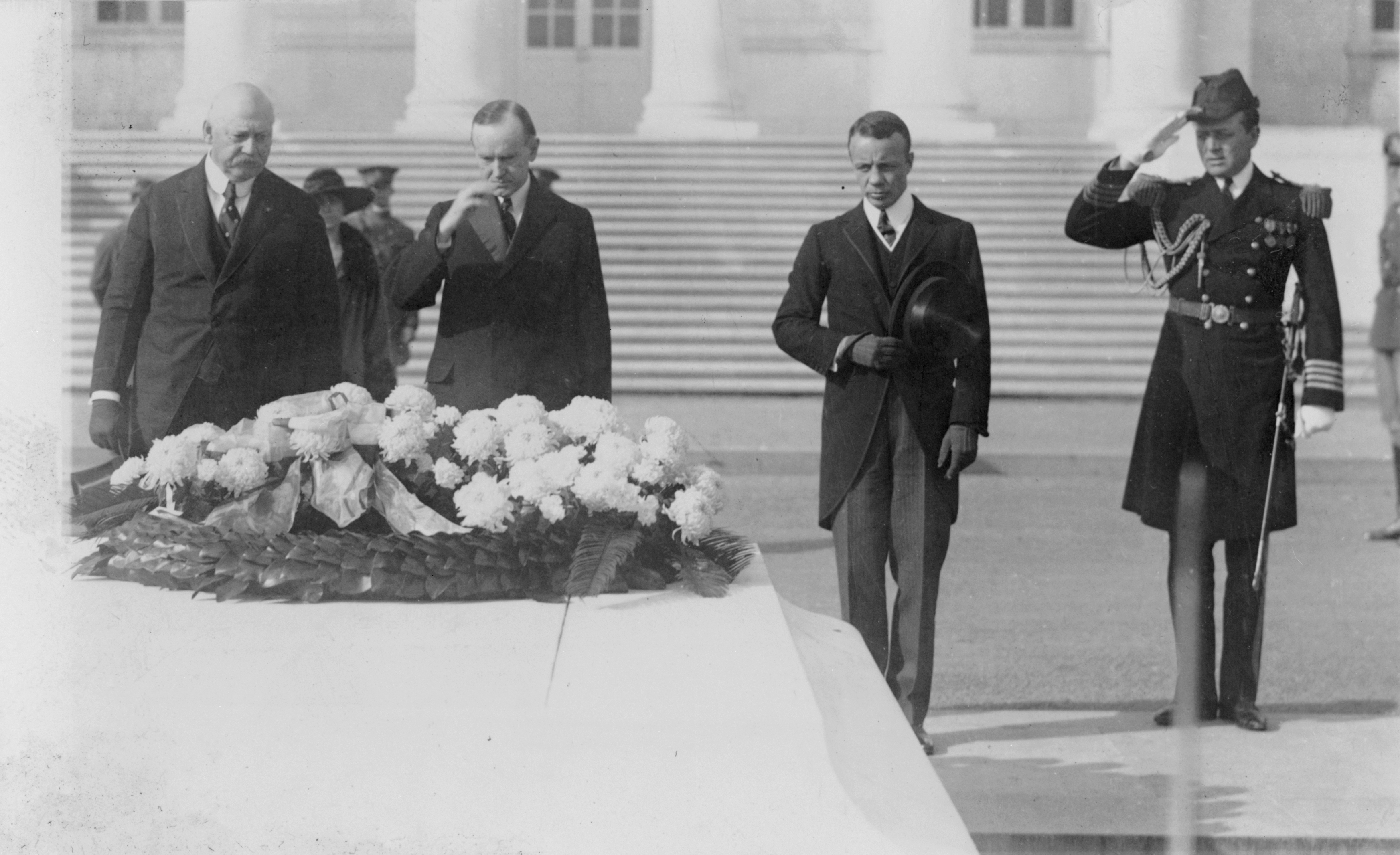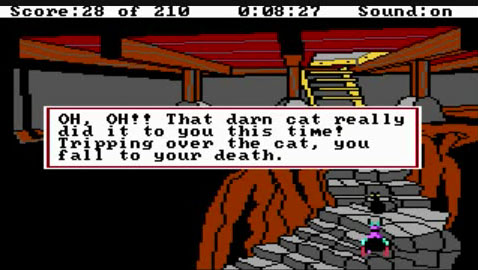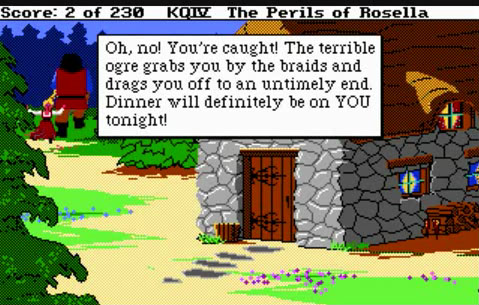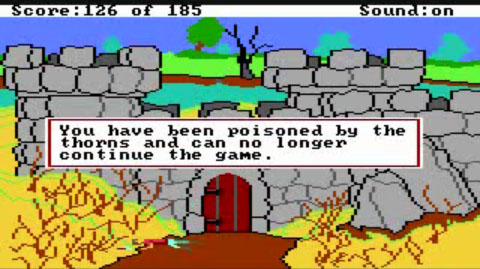An Online Generation Redefines Mourning
Expressions of grief take on many public forms in the digital age.
By Hannah Seligson, New York Times (March 21, 2014)
It was inevitable, I suppose. At a certain point early 21st-century humans would begin doing things with computer technology that their long lost late 20th-century cousins did roughly twenty years earlier.
And lo, it has come to pass with death and the internet.
The New York Times has a Fashion & Style feature on how the kids are using the world wide web to discuss death, loss, the end-of-life, grieving, etc.
Three observations:
- Anytime the Grey Lady describes something as fashionable then it’s almost certainly dead. Irony of ironies, given the article’s subject.
- Death Ref’s good friend Caitlin Doughty from Ask a Mortician and the Order of the Good Death is quoted in the article and that’s always good to see.
- Using the internet, the web, computers, digital technology, communication technology writ large to discuss death, loss, the end-of-life, grieving, etc. is not new. Indeed, humans have been using the interweb to discuss death since the early days of html and Netscape.
…Dramatic Pause…
We need to go back in time now, to a long-forgotten-about age when people still said Information Superhighway without irony or smirking. That’s right, we’re headed back to the mid-1990s.
As soon as the ‘web’ became a viable entity, largely because of the browsers Mosaic and then Netscape, individual users began creating websites about death.
It is also important to point out that everything happening in the late 20th-century also built on technology used during the 19th-century (e.g., telegraph communication, photography, rail transport, etc.) but I’ll stick with the 1990’s for now.
In 1996, a television show called the Internet Cafe began a run on American Public Television. The programme was later re-named the Net Cafe and it lasted until 2002. Think of it as the paleo-YouTube.
Two years into the Internet Cafe’s existence, on June 26, 1998 (historical aside: Bill Clinton wouldn’t be impeached until December 19, 1998 but most television footage was about the Starr Report), it aired a programme called Grim Reaper Web Sites.
As the title suggests, the entire show examines how people are using the world wide web to discuss a long list of death topics and issues. My particular favourite is the guy who creates a memorial website for Grateful Dead frontman Jerry Garcia.
The moral of our time-traveling tale is this: We humans began using the internet and web as soon as we could to discuss death. Why? Because that’s what we do with all communication technology. The technology will always change but death itself remains predictably guaranteed and discussed.
But don’t take my word for it, you can WATCH this episode of the Internet Cafe because of the always wonderful Internet Archive.
Here is a direct link to the Grim Reaper programme.
I also embedded the show at the bottom of the page.
The 1990’s live dude.
And if you’re interested in the history (both old and new) of death and technology then check out Death Ref’s Death + Technology page.
I’ll be giving a talk on these death technology issues (and other things) at the upcoming UK Death Salon.
One final point. In another twenty or thirty years I firmly believe that an intrepid reporter for the New York Times will write an article about whatever technology exists at that time (our computer overlords, most likely) and how the kids are using it to discuss death.
The rest will be silence.
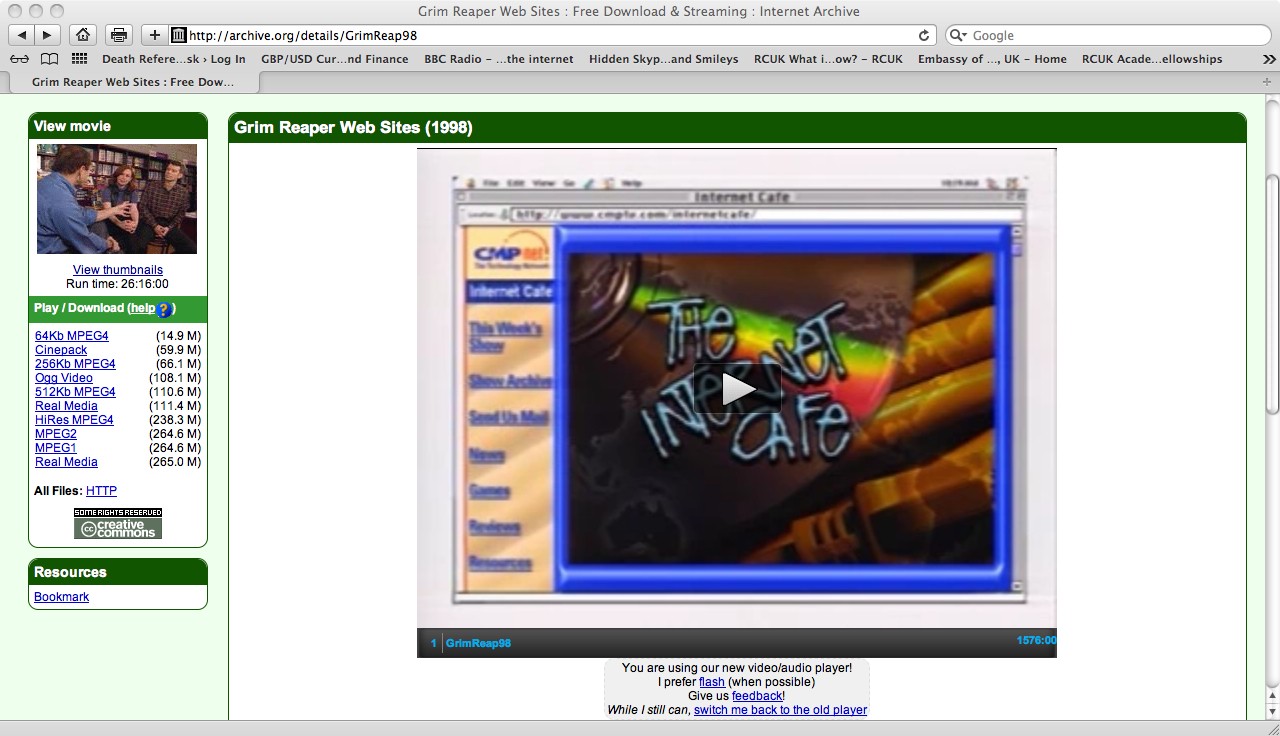

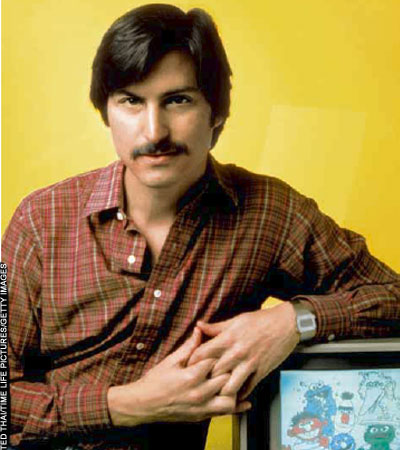 Add these concerns to the long list of postmortem digital media ownership rights. It also turns out that each state across America has different laws for handling these situations. The main interviewee for the story, Jeff Roberts, does a good job explaining how the state-by-state laws work.
Add these concerns to the long list of postmortem digital media ownership rights. It also turns out that each state across America has different laws for handling these situations. The main interviewee for the story, Jeff Roberts, does a good job explaining how the state-by-state laws work.